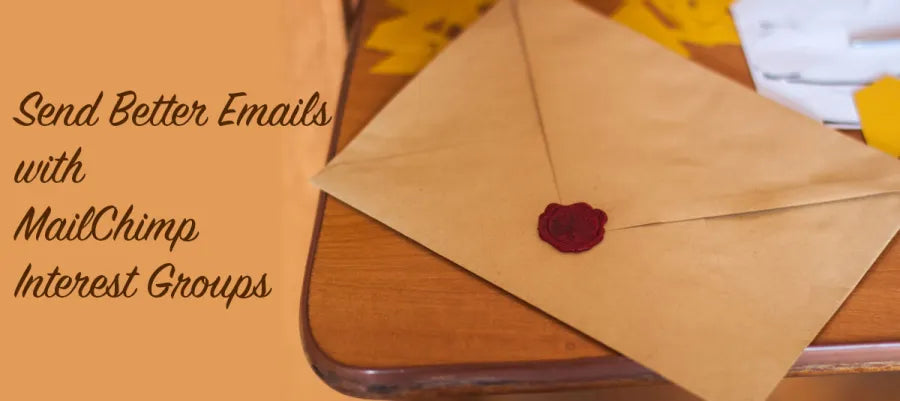
Send Better Emails with MailChimp Interest Groups
Share
If you’re an independent author, you fall into one of two categories:
- You have a mailing list you use to keep in touch with your readers and let them know about your upcoming releases.
- You don’t, and you’re sick of so-called “experts” online yapping on and on about how important it is to maintain a mailing list.
If you’re in the second group, of if you’re not interested in independent publishing, I recommend that you navigate to your search engine of choice and search for funny cats. This article will not make you happy.
But if you do use a mailing list—specifically one in MailChimp—let’s take a moment to talk about segmenting your list by interests.
The Monolist
It’s easy to think about people on you list as one monolithic block; a giant group of readers who joined your online circle of friends. But that’s inaccurate; the only thing you can count on the members of your mailing list having in common is that they’re on your mailing list. Your subscribers had different reasons for joining your list: some wanted the freebie you offered, while others burned with a need to get your news as soon as possible, while others still were other indie authors scoping out your format. Likewise, they have different reasons for not unsubscribing: some like your content, others don’t mind it as long as it’s sparse, and a regrettable plurality have set up a filter to tuck you away in a folder they’ve honestly forgotten about.
If you treat the readers on your list as identical copies of one another, you’ll miss the mark with at least some subscribers. If you want to get better responses, you need to get the right message to the right people.
Case in point: when I set up my mailing list, the prevailing wisdom was that you should offer a free book for joining. I did just that (you can get “The Cabal of Thotash” free when you sign up.) And under that prevailing wisdom, I set up a series of auto-responder messages, first delivering the free book, then introducing myself, and finally telling subscribers about my other book, Orconomics.
It’s not a bad approach in theory. In practice, over 3/4 of readers joining my mailing list did so because they had read Orconomics and wanted news about the sequel. My messages talking up the novel got a steady stream of replies that said—with varying degrees of politeness—that they had read the book and I was welcome to stop cluttering their inboxes about it, thank you.
Obviously, there’s nothing wrong with telling potential readers about my book. The issue was trying to get my readers to re-purchase the book they just read. My messages weren’t the problem. My targeting was.
Targeting in MailChimp
MailChimp knows targeting readers is key to email marketing success. They offer all kinds of great tools for segmenting readers;Dividing readers up by the campaigns they clicked, how engaged they are, whether they’ve visited your website, and more. You can use all of this data from MailChimp to group subscribers together into smart, dynamic segments. These tools are really, really powerful.
On the other hand, no matter how many times a subscriber opens an email or clicks on my website, there’s no good way to really know whether she has read a particular book, or who her favorite character is. You can’t always infer the information you need from tracking data. Sometimes, it’s better to just ask.
Enter interest groups.
Interest Groups
Interest groups are a poorly named, infinitely useful feature of MailChimp. On their surface, they sound like a way for readers join little clubs in your mailing list. In reality, let you track almost any information about your readers, assuming they provide it.
To create an interest group, go to your list in MailChimp. From the “Manage Users” menu, choose “Groups.” You’ll see all of the interest groups you’ve created, and a “Create Groups button. Clicking it opens an interface to create an interest group.